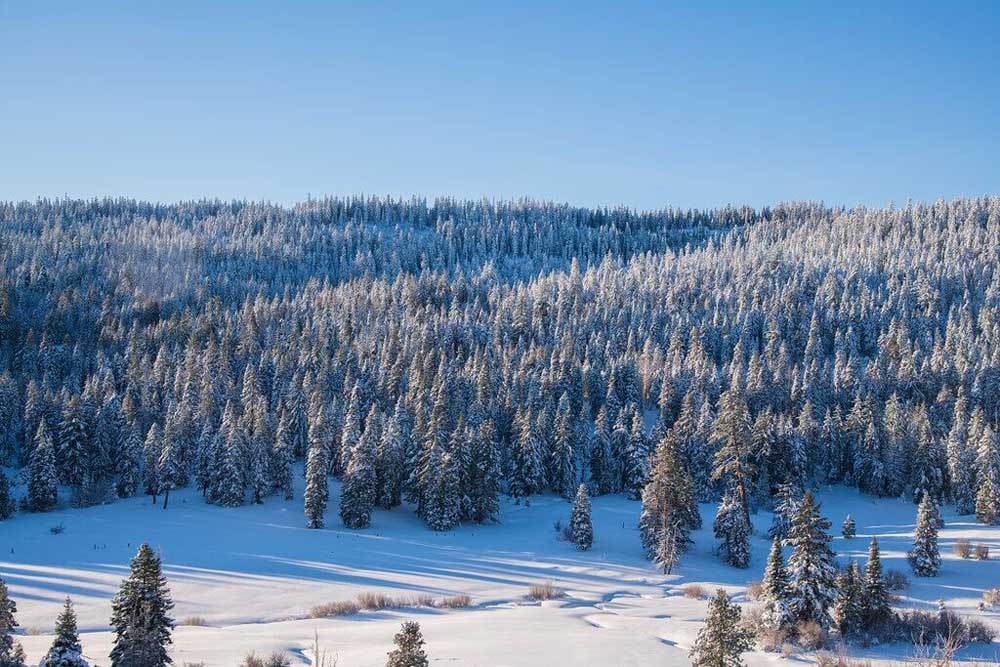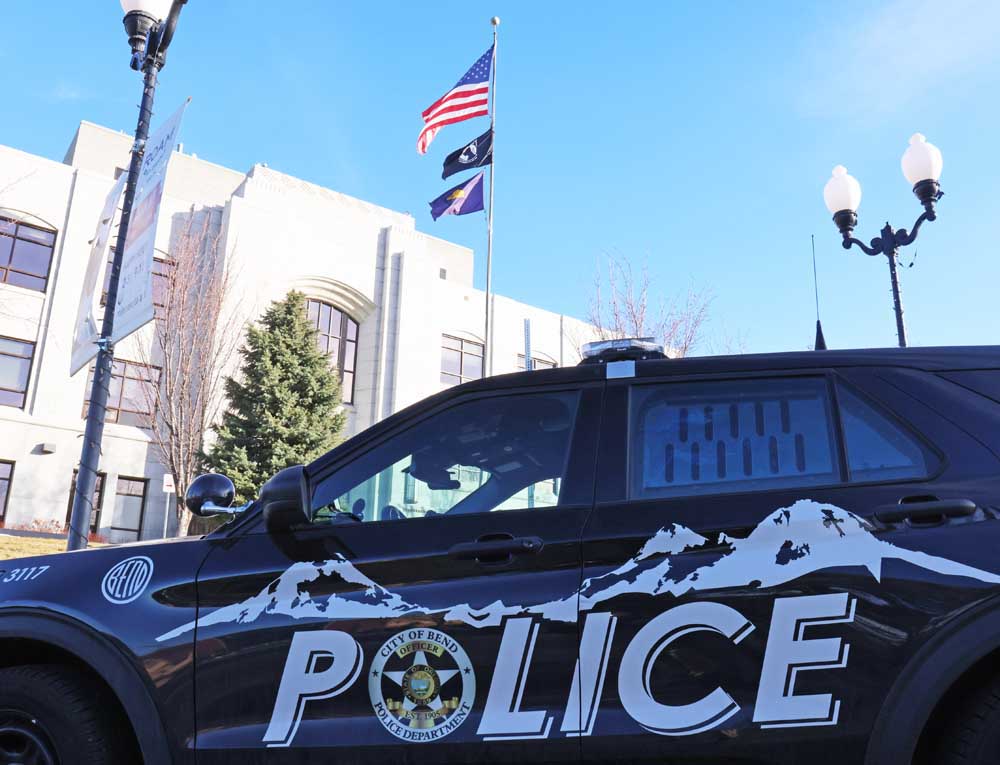Guest Column: Oregon businesses support BLM’s public lands rule
Published 9:00 pm Tuesday, May 28, 2024

- Snow blankets Buck Prairie in the Cascade-Siskiyou National Monument on Jan. 1, 2022. In a newly released draft management plan for the monument, the U.S. Bureau of Land Management has decided against naming the prairie as an area of critical environmental concern that would be entitled to special protections, although the agency did designate two other areas in the monument for such protections.
As an Oregon native; outdoor industry business owner; former municipal and BLM-wildland firefighter; public land user and volunteer; citizen scientist; and former lands conservation director, board member and coordinator of a sportsmen’s group; I am thrilled by the Bureau of Land Management’s final Public Lands Rule. It is an incredible opportunity to rebalance the agency’s management priorities to promote conservation and healthy communities across this landscape.
The BLM manages 15.7 million acres in Oregon, including extraordinary places like the Owyhee Canyonlands that draw outdoor enthusiasts and star gazers; and the Greater Hart-Sheldon, which encompasses a unique sagebrush steppe ecosystem providing essential habitat for pronghorn, pygmy rabbit, greater sage-grouse, and hundreds of other sagebrush-dependent plants and animals.
Trending
BLM lands have been critical to the growth of Oregon’s outdoor recreation economy, attracting tourists from near and far to hike, bike, camp, hunt and fish. According to a 2019 Oregon Outdoor Recreation Economic Impact Study, outdoor recreation supported more than 224,000 full- and part-time jobs statewide, generated $9.3 billion in wages and compensation and resulted in $15.6 billion in consumer spending which supports local business and employment throughout the state.
For far too long, the BLM has favored resource extraction and other uses detrimental to the ecological sustainability of BLM lands. It is critical that the BLM modernizes its policies to include cultural land protection, conservation, recreation, wildlife, and potential climate impacts. The recent final Public Lands Rule will do just that.
The Public Lands Rule updates out-of-date policies to ensure that we have the tools to safeguard the long-term ecological sustainability of our public lands in an era of growing climate change impacts. A more balanced approach to land management will now be implemented and provide a critical opportunity to rebalance the BLM’s management priorities to focus on conservation and healthy communities.
Public support played a pivotal role in shaping the Public Lands Rule with 92 percent of public comments submitted backing the draft policy. In addition to overwhelming public support, elected officials and businesses also called upon the BLM to finalize a strong rule. I’m glad that the agency listened to our comments, including the over 100 other outdoor recreation businesses and myself, who sent a letter applauding the draft rule to the BLM.
This Rule could not have been released had it not been for the strong support and defense of public lands from Senators Ron Wyden and Jeff Merkley, and Representatives Suzanne Bonamici, Earl Blumenauer, Val Hoyle, and Andrea Salinas. We are now counting on them to stand side-by-side with the BLM and Interior Secretary Deb Haaland to implement the Rule.
I am also encouraged that the final rule will ensure that local land managers have clear direction, up-to-date data on current land conditions, and the best science to support communities in the West to build a sustainable future. The rule also requires the BLM to consult with Tribes to solicit priority areas for conservation and seek opportunities for co-stewardship of these traditional homelands.
Trending
The final rule includes binding provisions that will strengthen and expand the BLMs designation of areas of critical environmental concern, which is a vital tool for the protection of tribal cultural sites and other important landscapes.
The Public Lands Rule will help the agency better implement and balance its multiple use and sustained yield mission and is a crucial step toward a management framework to more accurately include conservation as a “use” to bring back balance to an unbalanced Western U.S. I commend the Bureau of Land Management for listening to the voices of westerners and implementing a strong Public Lands Rule.
Do you have a point you’d like to make or an issue you feel strongly about? Submit a letter to the editor or a guest column.








